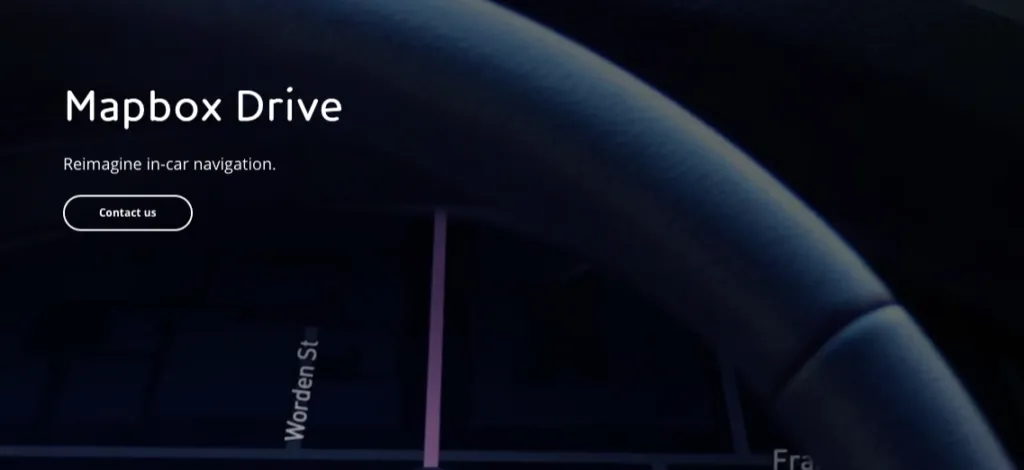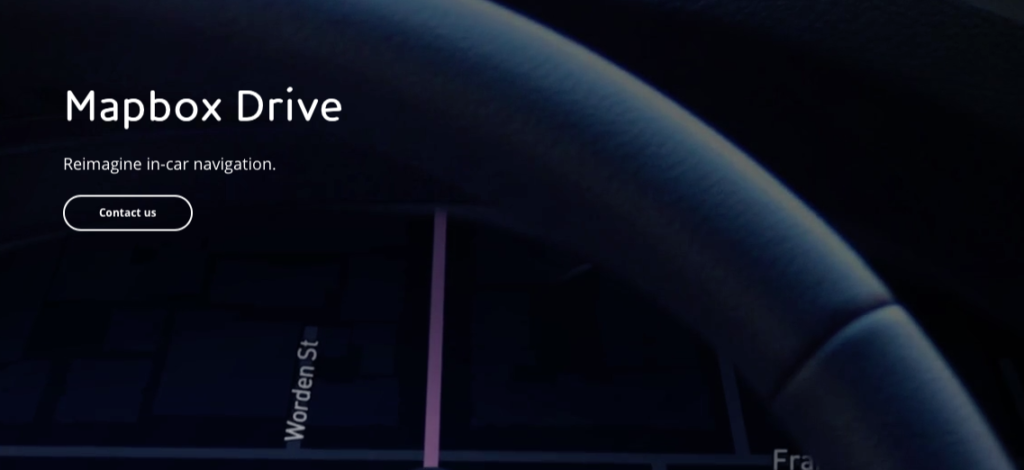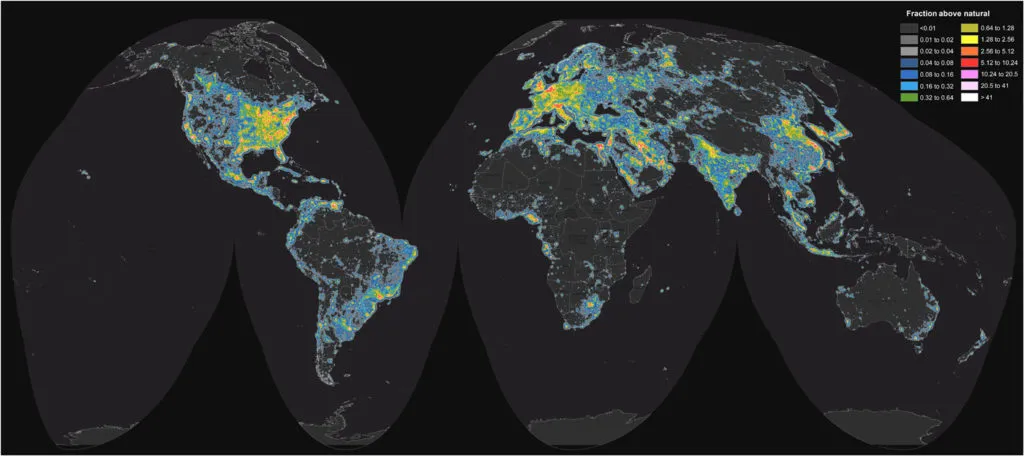
Detailed map of light pollution around the world
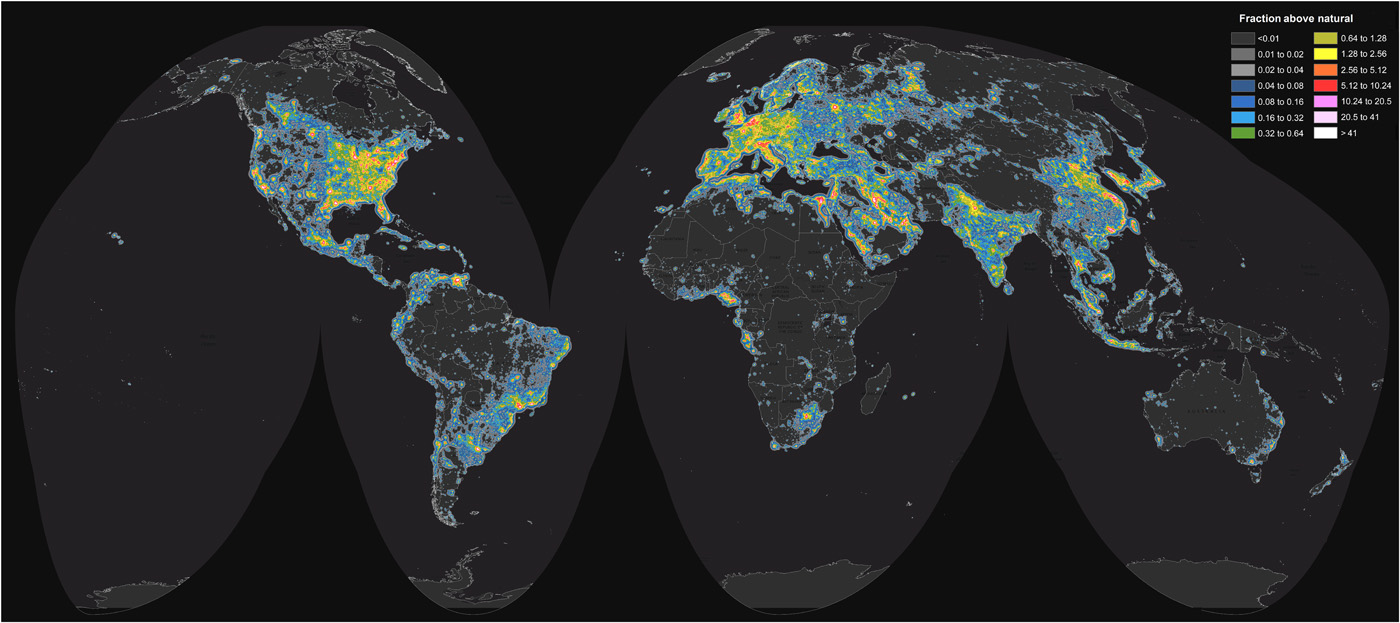
I love stargazing. It makes me calm down, think about the past and the future and find my own place in the universe. The fact that by the time we see stars they may have moved or even died, reminds me of how small and irrelevant we are but somehow this feeling makes me stronger.
But stargazing is not that easy anymore… Not because we are always in rush and hardly have time to breathe but it is actually difficult to see stars due to the light pollution. According to the atlas, created from tens of thousands of high-resolution images of nighttime lights on Earth from the NOAA–NASA Suomi National Polar-orbiting Partnership satellite, roughly one-third of human population cannot see the glowing band of Milky Way because of the effects of artificial lighting. The research indicates that 99% of the US and EU citizens experience some sort of light pollution living under skies at least 10% brighter than their natural starry state.
The project led by Fabio Falchi is a continuation of an initiative that started in 2001 when Falchi and his collaborators produced the first-ever light pollution atlas from data collected by a U.S. Air Force satellite. 15 years later the study indicates that light pollution has significantly intensified increasing about 6% each year in North America and Europe.
Although the impact of light pollution on humans and wildlife is not fully understood by scientists the atlas seems to be the important first step toward understanding it.
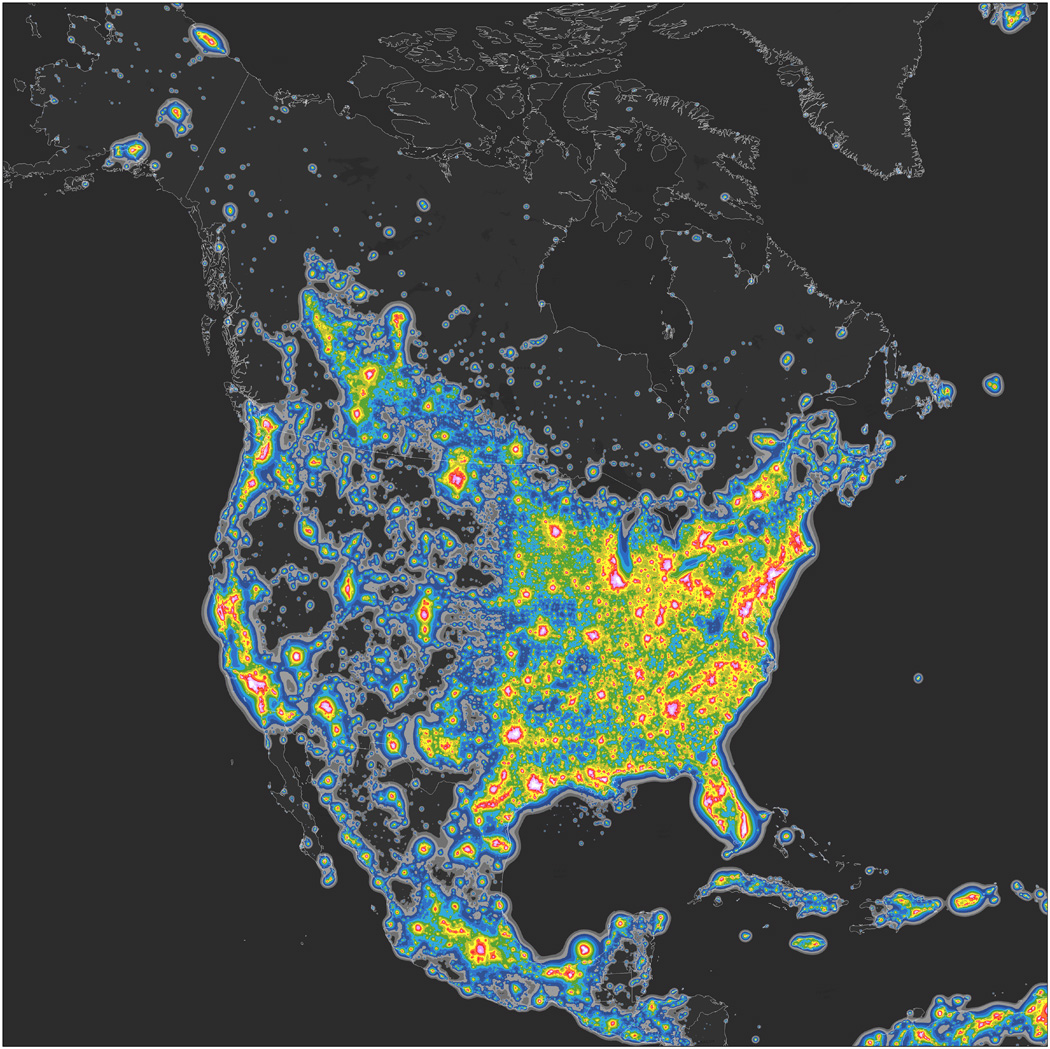
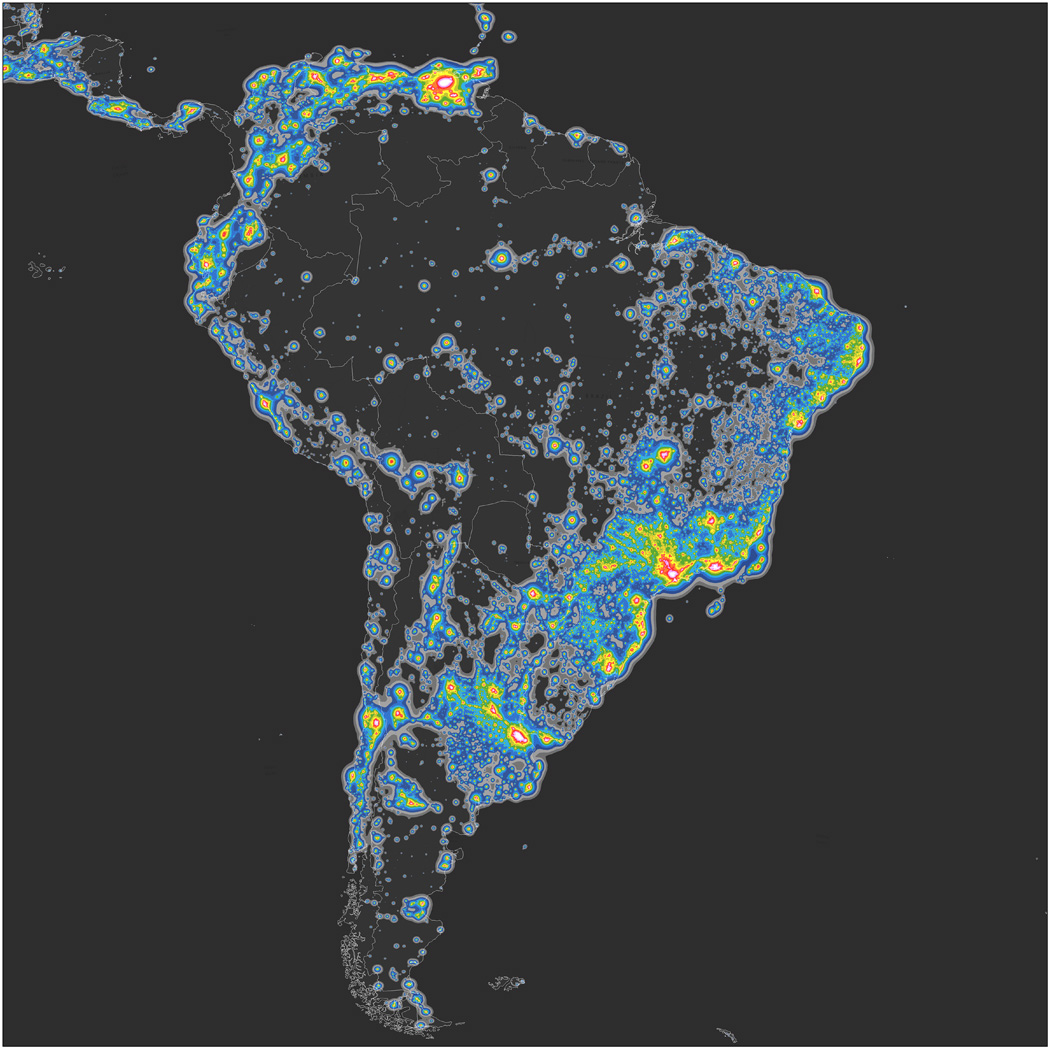
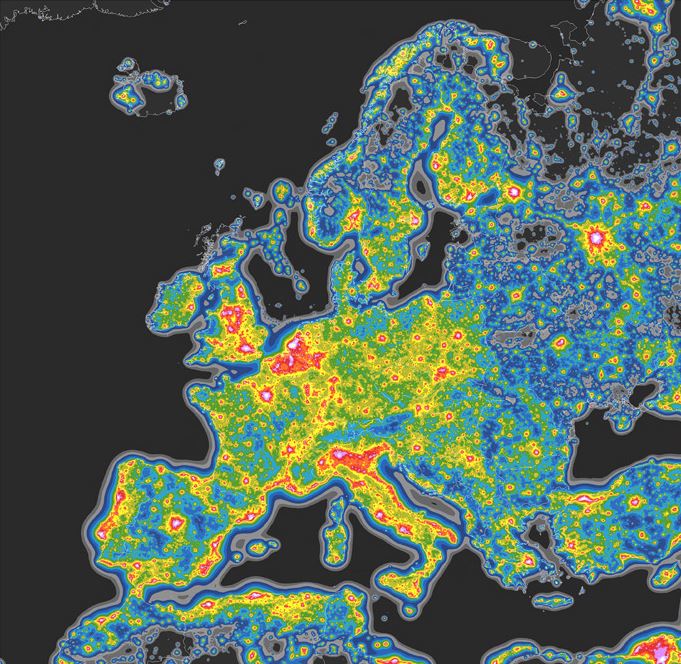
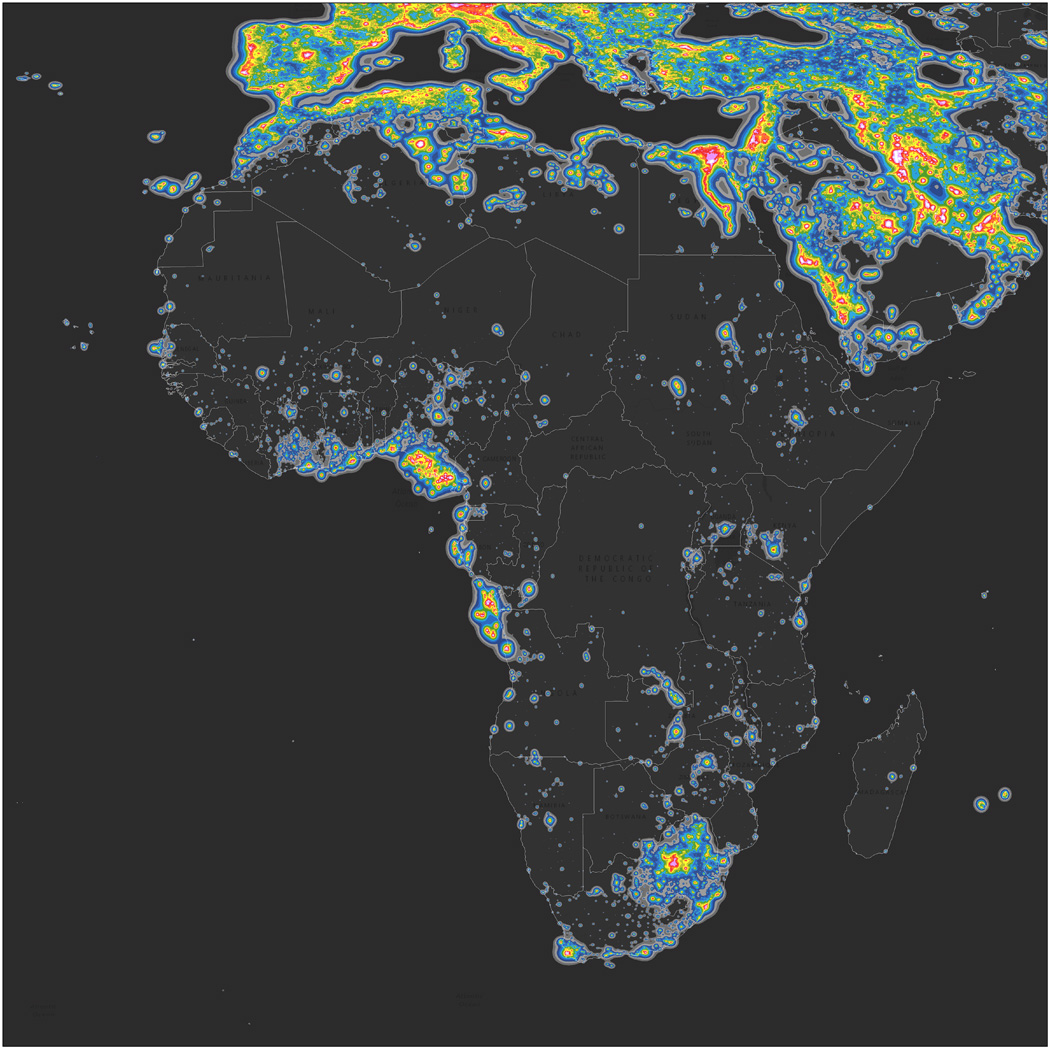
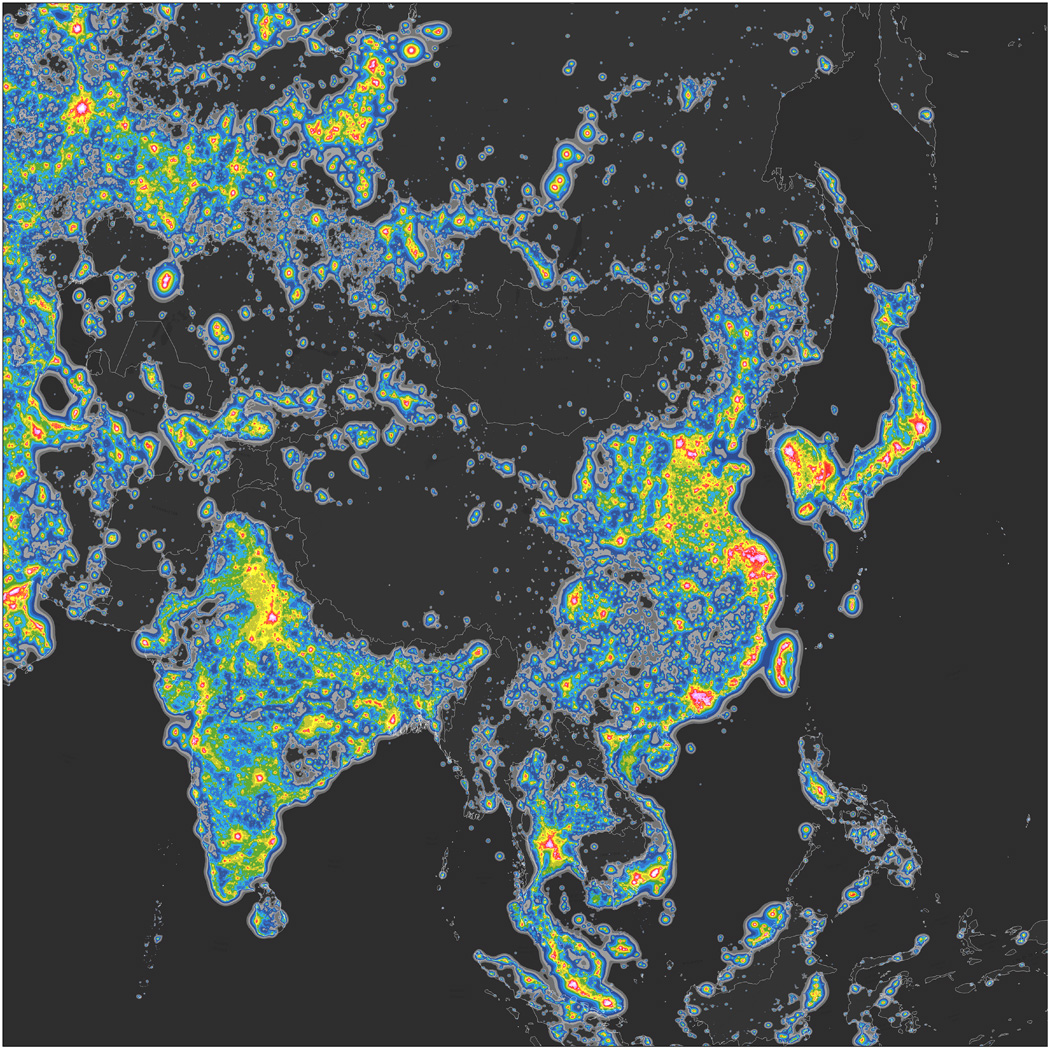
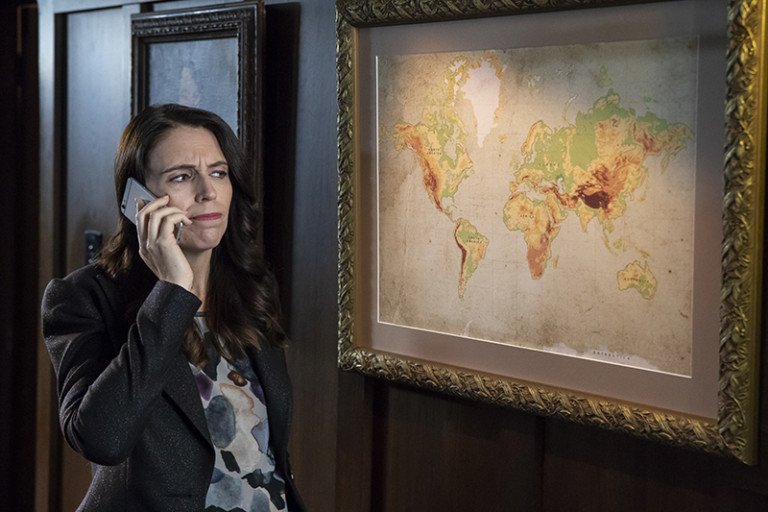
Did you like this post? Read more and subscribe to our monthly newsletter!






